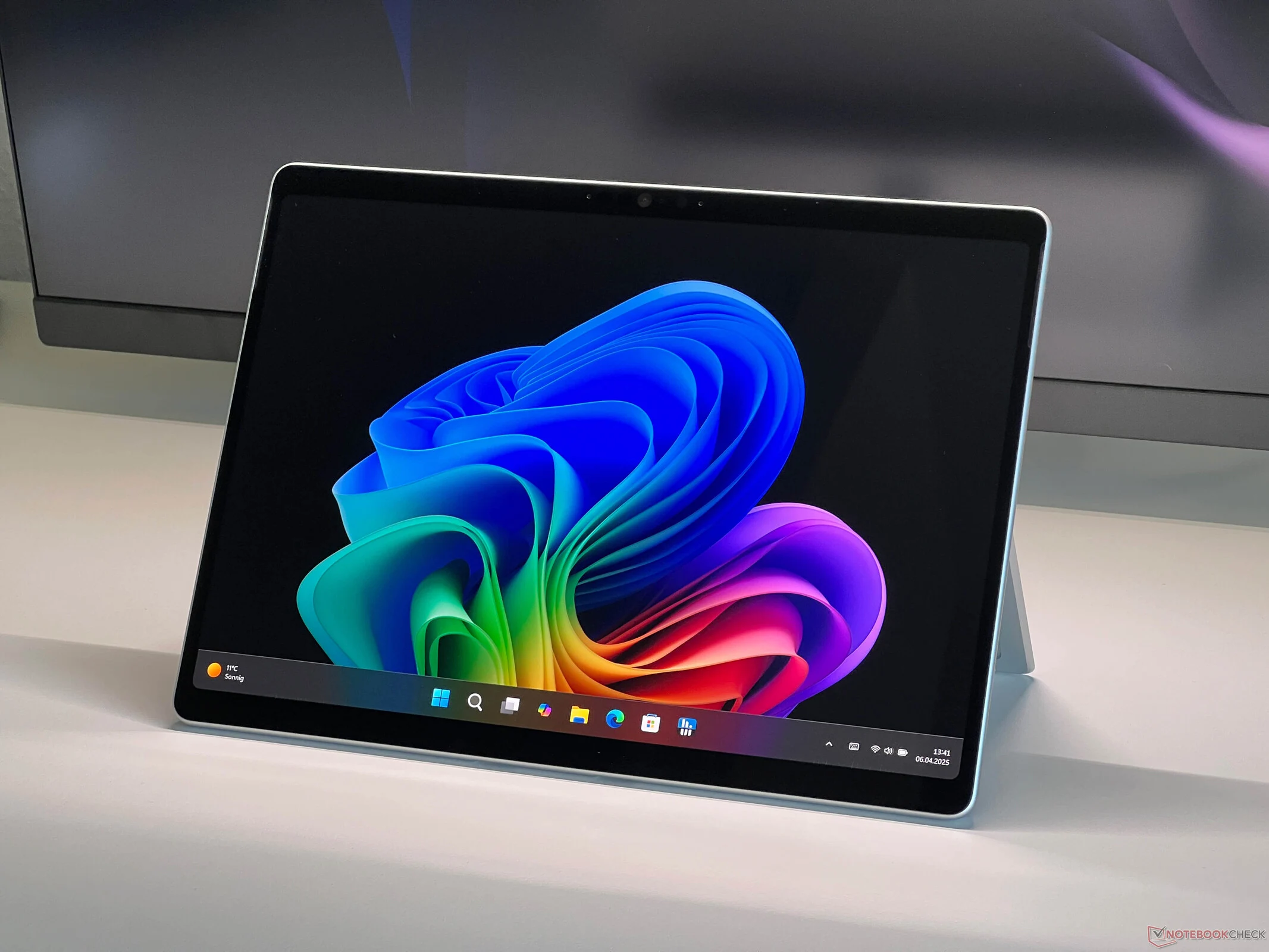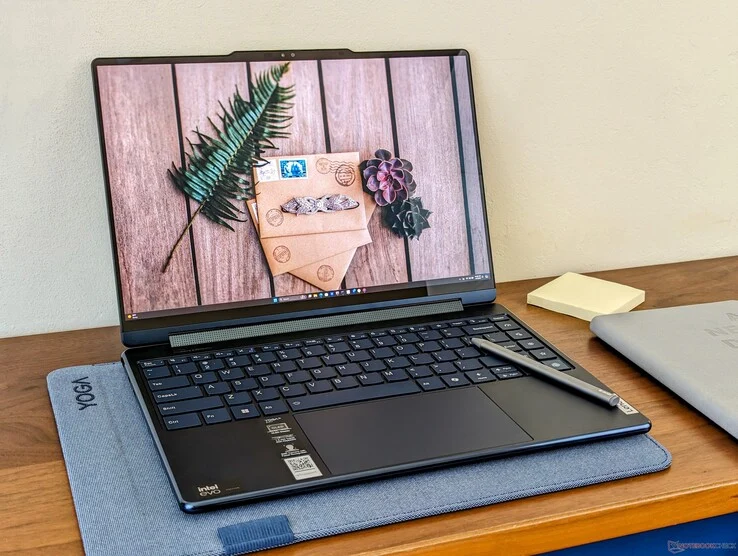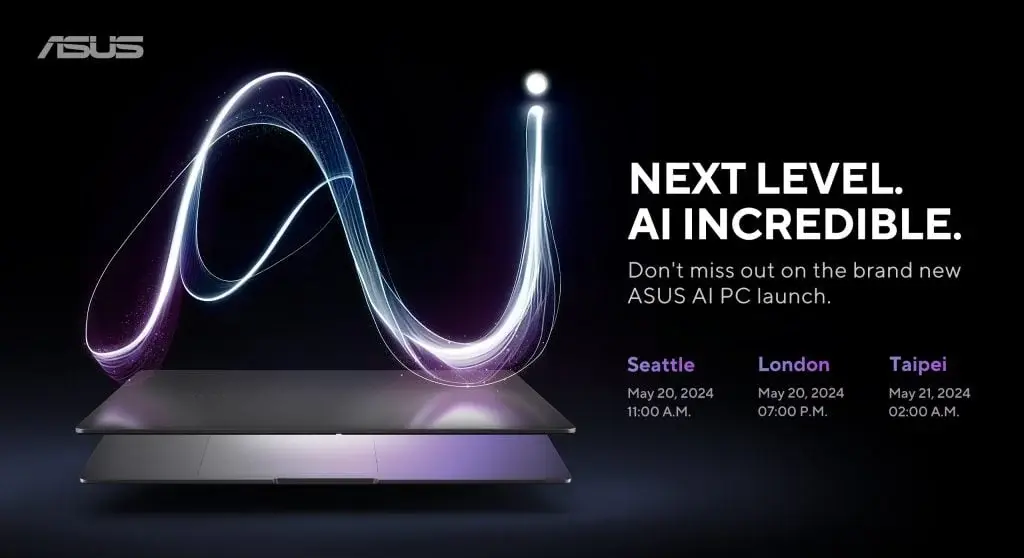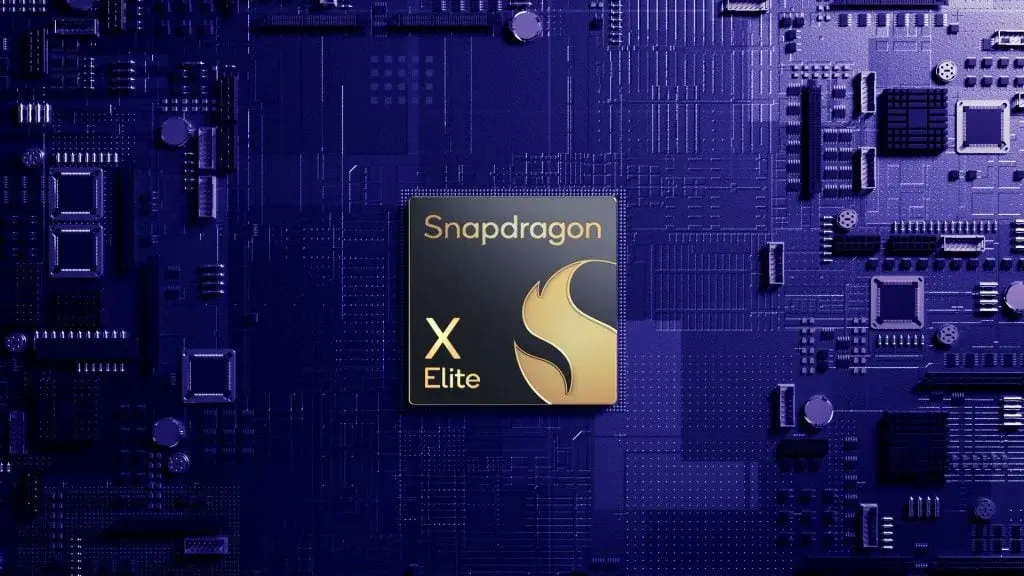Key Takeaways
1. Performance Comparison: The Intel model of the Surface Pro offers better GPU performance, avoids compatibility issues, and operates with a quieter fan compared to the ARM version.
2. Battery Life and Connectivity: The ARM version of the Surface Pro provides longer battery life in certain situations and includes an option for a built-in 5G modem.
3. Target Audience: The new Intel Lunar Lake models are primarily aimed at business users who generally prefer x86 over ARM devices, while the higher price of the Intel model may deter private consumers.
4. Surface Reputation Concerns: Microsoft’s strategy might damage the Surface brand’s reputation, as users have reported issues with Snapdragon processors, leading to higher return rates due to compatibility problems.
5. Future Model Uncertainty: There is uncertainty about Microsoft’s future plans for other Surface models, such as the Surface Laptop Studio, especially in relation to the performance limitations of current Snapdragon chips.
After the review of the Surface Laptop for Business, we had the chance to check out the convertible Surface Pro for Business, which comes with an Intel Lunar Lake processor. Our opinion was quite clear regarding the Intel version of the Surface Laptop, but the choice between the two models of the Surface Pro is more intricate, as each has its unique benefits. The Intel model avoids compatibility issues due to its x86 design, provides superior GPU performance, and runs with a quieter fan during regular use. Conversely, the ARM version boasts extended battery life in certain situations, enhanced multi-core CPU performance, and can come with a built-in 5G modem.
Target Audience for New Models
The latest Intel Lunar Lake models are aimed at business users, who seem to have a preference against ARM devices. While private consumers can also buy these models, the price gap makes it less appealing. For instance, our review unit costs about 800 Euros more than the similar ARM version during our assessment, which is difficult to rationalize.
Concerns Over Surface Reputation
We believe that Microsoft’s strategy might harm the reputation of the Surface line. Previous reports indicate that Surface models with Snapdragon processors are returned more often. This stems from the lack of information from Microsoft regarding potential limitations, as familiar applications may not function properly. It’s particularly important that casual users receive clear guidance; otherwise, offering both models would allow users to make their own choice.
Microsoft appears to be withholding the superior Intel versions to promote Windows on ARM devices. There is no doubt that the Snapdragon versions of the Surface Pro and Surface Laptop are excellent for a specific group of users, but they aren’t for everyone. Moreover, we will have to wait and see how Microsoft plans to handle other models like the Surface Laptop Studio going forward (if they plan to release a new version), as there’s currently no Snapdragon chip that offers GPU performance on par with dedicated GPUs.






